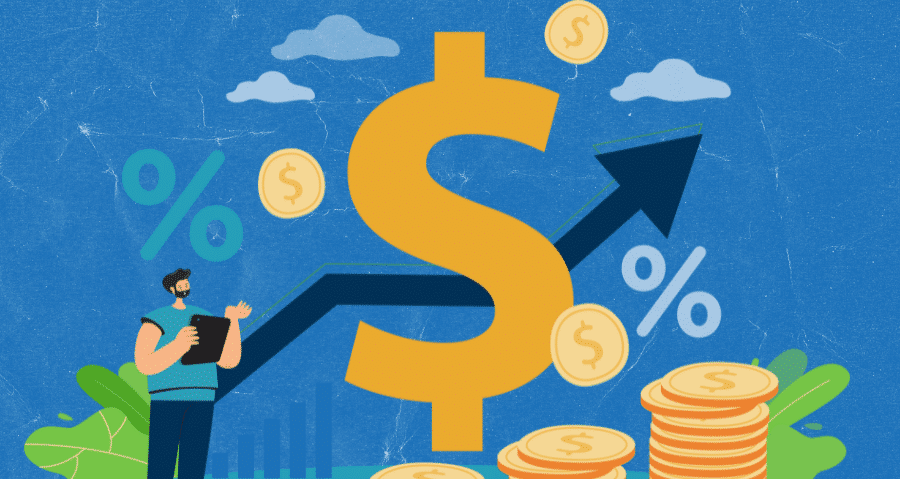Solution
Pricing Technology
If your organization is ready to make more-informed, data-driven decisions and optimize your operations, you’re in the right place. Vendavo’s B2B pricing technology solutions are here to help you maximize your growth and profitability.
Vendavo’s B2B Pricing Technology Solutions
The right pricing technology solutions can make all the difference in your organization’s ability to achieve its growth and profitability goals. The good news is we’ve got several products that are designed to help you hit your targets and see lasting results.
Our experts would love to talk with you about each of our pricing technology solutions and how they can help your organization achieve the results you need. Reach out today to learn more.
We need to make sure that we have the right people, processes, and technology to price timely and accurately. Vendavo provides a great foundation to help us serve our customers.

Beth Weinrich
Sr. Manager of Pricing Execution
Benefits of Implementing Pricing Technology Software
Pricing technology is perfect for organizations that are hoping to make data-driven decisions, boost their operational efficiency, and see lasting growth and profitability. Here are some of the key reasons top performers are implementing pricing technology solutions:
Maximized profits
The right pricing technology uses advanced analytics and algorithms to help businesses to set the right prices based on a variety of factors.
Dynamic pricing opportunities
Businesses use pricing technology to adjust prices in real-time based on factors like demand, competition, and inventory levels to capture opportunities and mitigate risk.
Competitive advantages
Analyzing competitor pricing strategies with pricing technologies helps organizations better position their products or services competitively.
Greater efficiency through automation
Technologies allow organizations to automate complex pricing processes, reduce manual effort for analysis, make necessary adjustments, and free up resources.
Data-driven decision making
Data analytics and machine learning enable organizations to make decisions based on a deep understanding of customer behavior, market dynamics, and past performance.
Improved customer segmentation
The ability to effectively segment customers means organizations can tailor pricing strategies to different customer groups, enhance satisfaction, and boost loyalty.
Adaptability to market changes
Pricing technology implementation means businesses can quickly adapt to shifts in market, demand, economic, or other factors.
Revenue optimization
The right tools can help you identify the right balance between pricing and demand so no money gets left on the table.
Strategic planning
Pricing technology provides tools for scenario analysis and simulation, so organizations can test pricing strategies and make adjustments before rolling them out.
Compliance and risk mitigation
Incorporating compliance checks helps organizations ensure they are adhering to regulatory requirements, which reduces the risk of legal issues.
Enhanced customer satisfaction
Aligning prices with customer expectations and offering fair value enhances customer satisfaction and helps build long-term relationships.

Pricing Technology for Leading Organizations
If your organization is ready to better navigate complex pricing landscapes and respond effectively to the ever-changing dynamics of your industry, it’s time to consider pricing technology solutions. Our experts are here to help you navigate the process of deciding which will be best for your operations, the implementation process, and any questions you have along the way. Reach out to us to set up a call today.
Willingness-to-pay
What is your customers’ willingness-to-pay on deals or products?
Business Insights
Do you have business expertise and insights that need to be interjected into pricing optimization?
Pricing Variables
How can all the variables your organization is dealing with be considered in negotiations and final pricing approvals?
How Does Vendavo Pricing Intelligence Work?
Pricing technology spans the ability to serve pricing processes and then furthered by analytical, AI-enabled solutions. At Vendavo, we are enhancing our pricing strategies with intelligence and optimization. If the questions listed are important for your organization to understand, let’s connect.
Building intelligent pricing with visibility into the methodologies and AI-based results – paired with human intelligence and your business experience as a control – will be the strongest combination to support your organization growth and profitability goals.





